Join our presentation
Project Category: Multidisciplinary

About our project
Our project focuses on utilization of smart sensors to manage waste collection process across the University of Calgary campus. This technology provides a cost effective way of managing waste produce at the university. Ultrasonic sensors are placed on waste bins, which helps measure accurately the fill level of waste bins optimizing bin collection schedules. As such, this helps reduce the cost of waste collection by avoiding to pay for empty or partially empty bins. Smart sensors connect to several Internet-of-Things (IoT) networks providing low power wide area connectivity and connecting many devices while only using a small portion of the network’s bandwidth. Our system analyzed 5 different sensors during the Winter semester to take in data and analyze the collection process and than worked on constructing a more efficient forecasting system that could improve the efficiency of the waste pickup by having the bin be near full when the collection happens, therefore reducing additional pickups. The system also monitors the pickups, therefore ensuring that no additional charges appear when the waste isn’t picked up.
https://www.youtube.com/watch?v=V92rYzC-tRo
https://www.youtube.com/watch?v=QJQ8Of-gEog
https://www.youtube.com/watch?v=FhjKlAJ5fc4
https://www.youtube.com/shorts/T6Yi9Xnoc0Y
Meet our team members
Muhmmad Syed
Arslan Tung
Jericho Ricafort
Jonathan Doherty
Lucas Mahar
Details about our design
HOW OUR DESIGN ADDRESSES PRACTICAL ISSUES
Our design focuses on the waste collection process that a facilities team would be in charge of. Our goals will be to improve the efficiency of the overall system, and over time will be able to construct a forecasting model that works with the software to improve efficiency of the pickups when the bins are more full. In addition, the system also creates accountability for the collection company, as you can now monitor exactly when the bin was picked up, which reduces cost of unwanted pickups or if a pickup was charged for but never happened.

WHAT MAKES OUR DESIGN INNOVATIVE
Our design works with the facilities team to improve the collection process, while reducing the cost of the overall system. Our current system runs with 5 different sensors placed on campus, and has already paid for itself with the reduction of pickup charges, and validation for charges of pickup. In addition to the Sensoneo system that is being tested, we wrote and tested our own code to try and replicate how the ultrasonic sensor reads levels, as well as researched the process of writing our own predictive software for schedule forecasting and trend analysis.

WHAT MAKES OUR DESIGN SOLUTION EFFECTIVE
This project presents an effective method of monitoring waste disposal for a campus or client, and as time goes on the forecasting model is very effective at predicting future bin levels and scheduling. Researching and developing our own sensor and code alongside testing the Sensoneo product has given insight to the systems flaws, and how we can improve the design further. We also worked alongside companies such as Nordsense that gave us more insight to how the competing products are trying to come up with more effective technology, and how they have worked through different applications of the sensor for waste management (ie. different types of bins, quality of sensor, angle of placement).

HOW WE VALIDATED OUR DESIGN SOLUTION
We compared our sensor to other sensors available on the market, and researched the different challenges that we may face with this type of technology. Research into the different densities of waste, different angles of the sensors, protective shields, protection from environment (ie. temperature variance, placement on the bin), and financial analysis.

FEASIBILITY OF OUR DESIGN SOLUTION
This type of technology is the way of the future, as verification of a bin level for a Waste Management System is a very good step in reducing wasted labor, which results in financial benefit to all parties involved, as well as a system that will learn and model future trends. We researched different case studies and projects for various companies offering similar services, and the typical decrease in cost for the waste management was 30-45%. Which also results in a reduction of carbon emissions and resources used in waste management, helping reduce the environmental footprint of the University.

Partners and mentors
We want to thank the many people who helped us with this project. Our Energy Engineering Professor Dr.Roes (Arief) Budiman and our academic advisor Dr. Simon Li guided us through the process with patience and great advice. And, our consultation with Sensoneo greatly helped our research into this technology.
Our photo gallery
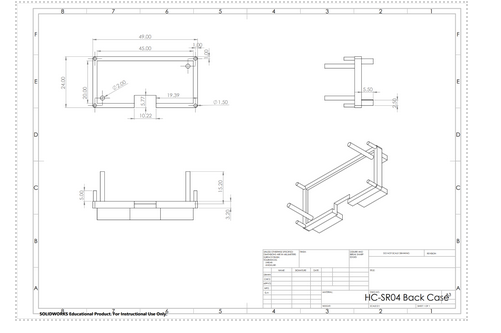
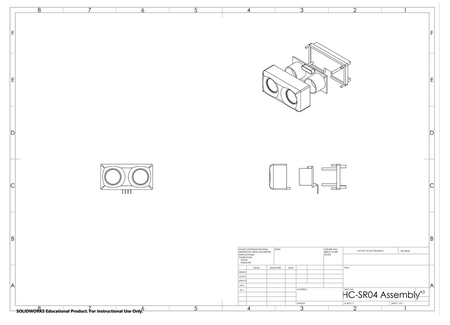

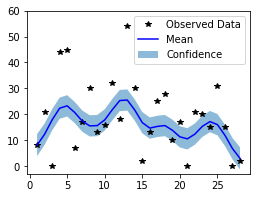
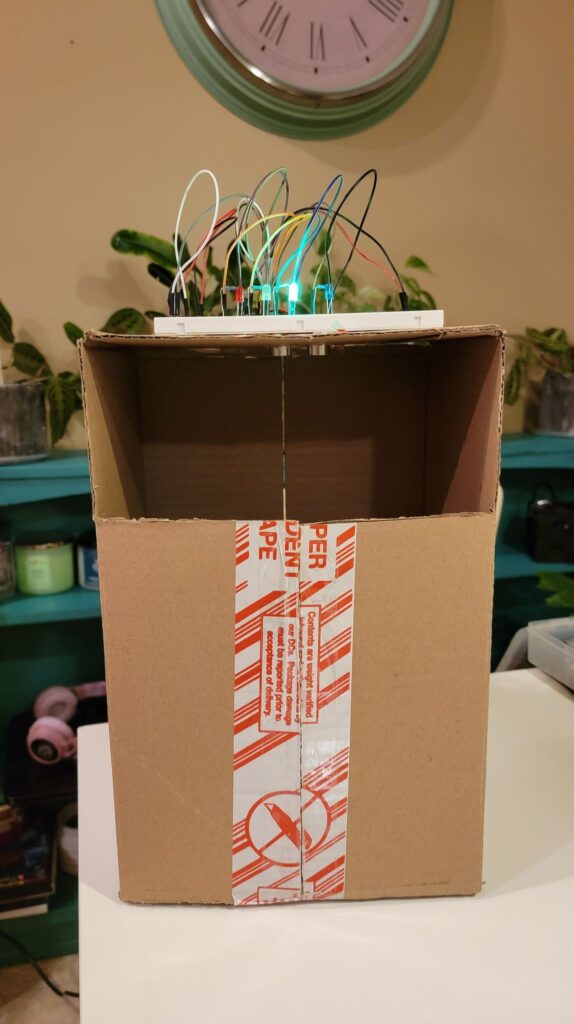
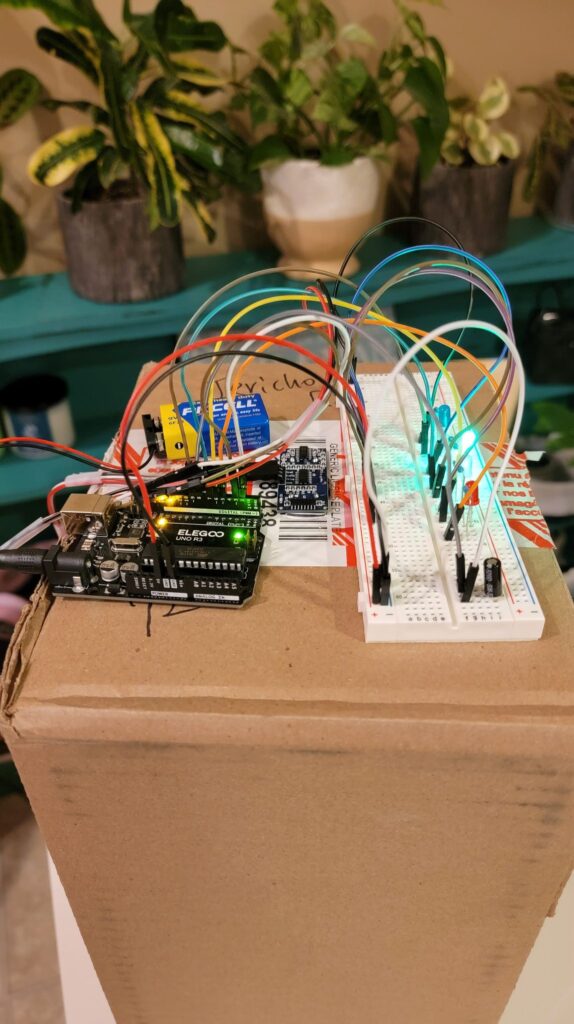
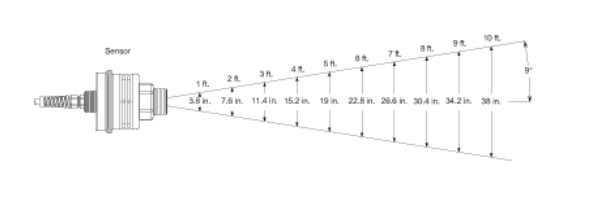
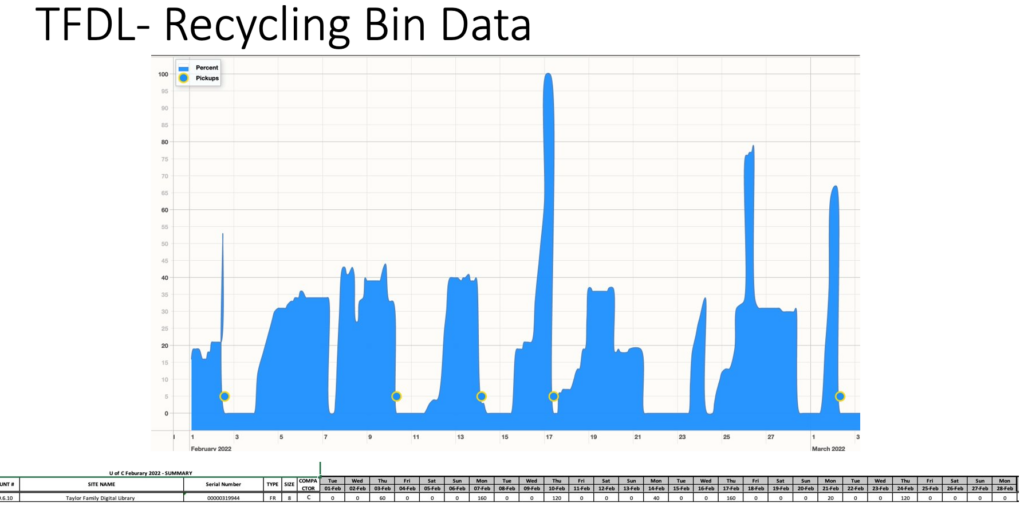
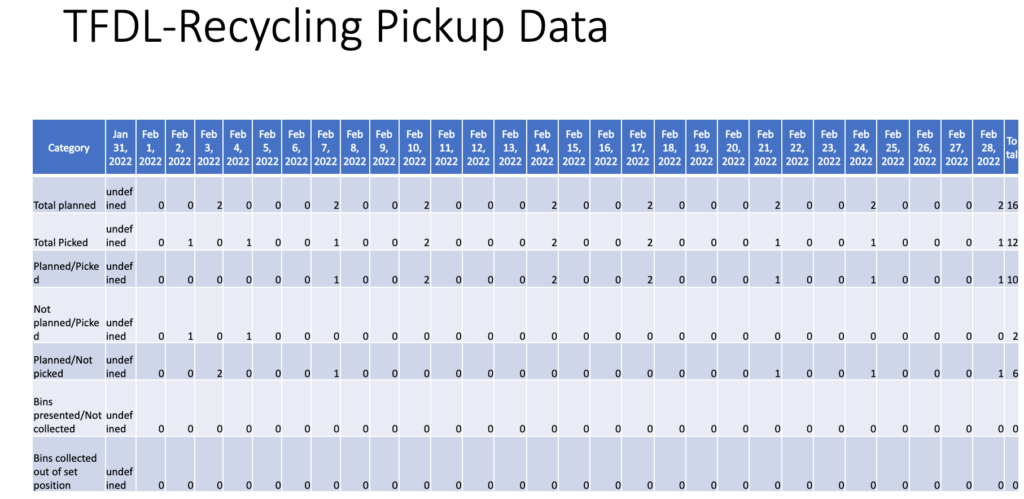
References
- https://sensoneo.com/best-features-of-sensoneo-smart-sensors
